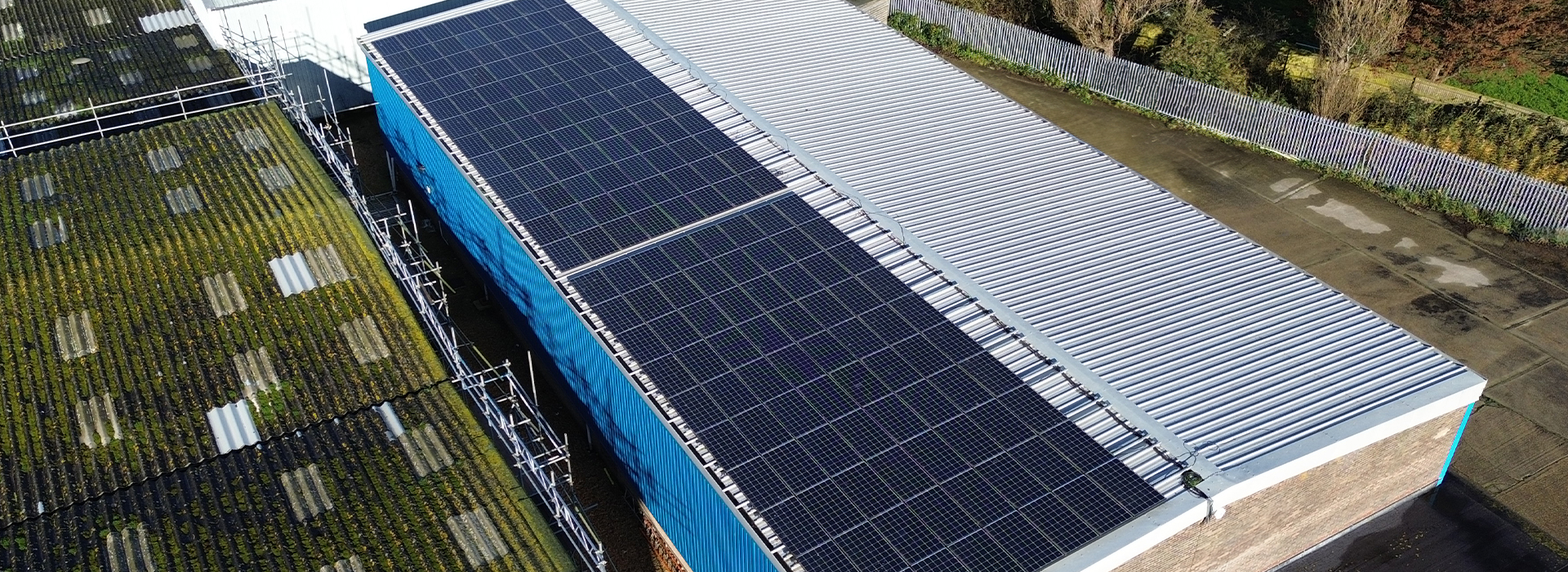Working at heights can be perilous, but with the right safety measures in place, the risks can be significantly reduced. In the United Kingdom, fall protection standards are rigorously enforced to ensure the safety of workers. In this blog post, we’ll delve into the British Standards for fall protection, helping you understand the guidelines, regulations, and best practices that keep workers safe when they work above ground level.
Understanding British Standards
The British Standards Institution (BSI) plays a crucial role in establishing and maintaining standards for various industries. In the realm of fall protection, there are several key standards that organizations and workers must be aware of:
1. BS 7883:2019 – Code of practice for the design, selection, installation, use, and maintenance of anchor devices conforming to BS EN 795
This standard addresses anchor devices used for personal fall protection systems. It outlines the requirements for the design, installation, and maintenance of anchor devices to ensure they meet safety criteria.
2. BS EN 363:2008 – Personal fall protection equipment – Personal fall protection systems
BS EN 363 sets the standards for personal fall protection systems. It covers everything from connectors and lanyards to harnesses and anchorage points, ensuring the integrity and safety of the equipment.
3. BS 8437:2005 – Code of practice for selection, use, and maintenance of personal fall protection systems and equipment for use in the workplace
BS 8437 provides comprehensive guidelines for selecting, using, and maintaining personal fall protection systems and equipment in a workplace context. It’s an essential reference for employers and workers alike.
4. BS 8454:2006 – Code of practice for the delivery of training and education for work at height and rescue
This standard focuses on the training and education required for work at height and rescue operations. It sets the benchmark for the knowledge and skills workers need to safely operate in elevated environments.
Key Takeaways
Now that we’ve touched on some of the key British Standards for fall protection, here are some critical takeaways to keep in mind:
1. Legal Obligations: Employers have a legal duty to ensure the safety of workers at height. Compliance with British Standards is often a fundamental part of meeting these obligations.
2. Proper Equipment: Always use fall protection equipment that meets the relevant standards. Inspect it regularly to ensure it remains in good condition.
3. Training: Workers should receive adequate training in fall protection systems, as outlined in BS 8454. Knowledgeable and trained personnel are critical to ensuring safety at heights.
4. Risk Assessment: Conduct thorough risk assessments before work at height begins. Identify potential hazards and put mitigation measures in place.
Conclusion
Fall protection is a critical aspect of workplace safety, and adherence to British Standards is non-negotiable. These standards are designed to protect workers and prevent accidents when working at height. Employers and employees alike must be aware of these regulations, ensuring they are met in every aspect of their work at height. By doing so, we can help make work at height safer and more secure for everyone involved.



